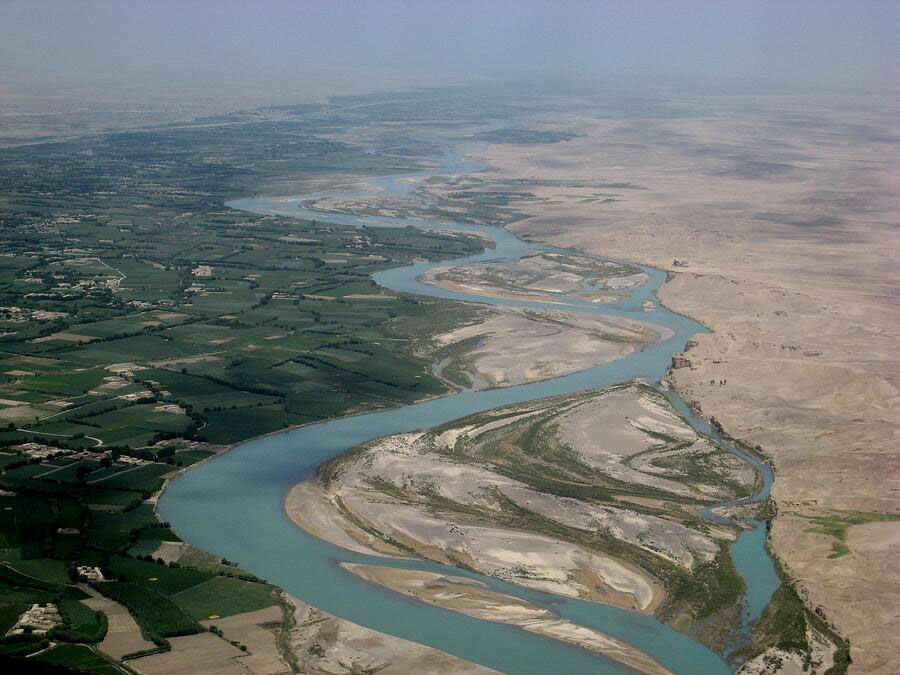Helmand water right to be provided after 48-year pursuit

TEHRAN – Iran and Afghanistan have finally signed an agreement on water right of Helmand River after forty-eight years of pursuit and dispute, IRNA news agency reported on Tuesday.
The Hamouns are transboundary wetlands on the Iran-Afghan border made up of three lakes: Hamoun-e Helmand, which is entirely in Iran, Hamoun-e Sabari on the border, and Hamoun-e Puzak, almost entirely inside Afghanistan. The three lakes are linked and fed by water from the Helmand River which starts in the Hindu Kush Mountains in Afghanistan.
According to the Atlantic Council (an American think tank in the field of international affairs) disputes over transboundary water between Iran and Afghanistan date back to the 1870s when Afghanistan was under British control.
In 1973, an agreement was signed between Amir Abbas Hoveida, the then Prime Minister of Iran, and Musa Shafiq, the then Prime Minister of Afghanistan, in Kabul, according to which 26 cubic meters of water per second (equivalent to 850 million cubic meters per year) would be Iran's share of the Kajaki dam.
Despite the Helmand water right contract, since the late 1370s (falling on 1991-2001), the annual rainfall reduced in Afghanistan and Sistan region was haunted by drought, eventually, Hamoun Wetland dried up as the seventh international wetland in the world.
In addition, when the lake was dry, seasonal winds blow fine sands off the exposed lake bed and give rise to crippling sand and dust storm in eastern and southeastern parts of Iran, affecting the livelihoods of about half a million people in Sistan, native and migratory birds and other wildlife.
Joint cooperation to preserve Helmand River
In order to draft the statute, meetings were held for two days in Zabul with the presence of two delegations consisting of officials from the Ministry of Energy and the Ministry of Foreign Affairs with their Afghan counterparts.
In these meetings, both parties were committed to taking measures, including, a new mapping of the Helmand catchment, maintaining the safety of surveying engineers as well as granting water rights of the border river.
On Tuesday, joint cooperation will begin for mapping in order to locate three water intake sites around the Helmand River in Iran, Mohammad Delmoradi, Sistan and Baluchestan regional water director said.
After the mapping, the necessary design and planning for the construction of the required structures will begin to facilitate the supply of the river’s water right, he noted.
FB/MG
